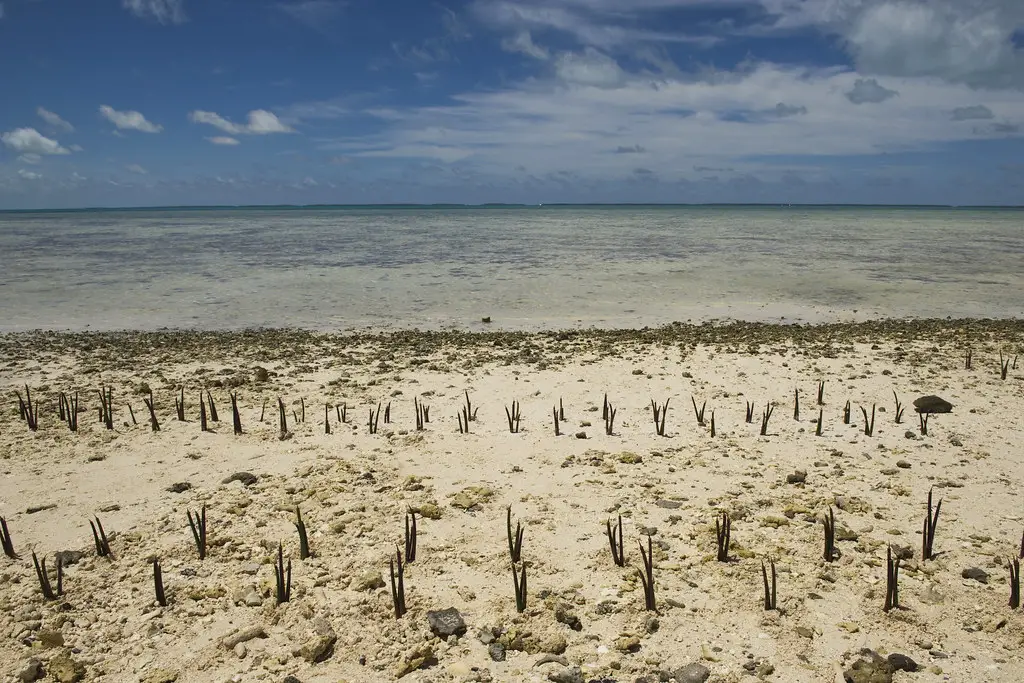Our planet has seen a rise in global temperatures in the last century. Not only is this impacting the weather patterns that we experience, but it is affecting how quickly ice caps melt and how much rainfall gets delivered to certain geographical areas. Climate change effects are being observed in many parts of the world. The climatic changes are due to human activities and natural causes. Rising carbon dioxide levels and global warming are the two main issues related to climate change.
Global warming is observed due to the rise in the temperature of the Earth’s surface atmosphere and oceans and its related effects. The term commonly refers to the warming observed since the 20th century, but global warming has occurred for thousands of years. Global warming is caused by increased greenhouse gasses produced by human activities such as deforestation, burning fossil fuels, and industrialization.
Climate change is real, and it is now happening. It’s a reality we must adapt to, not only because of the negative impact it has on our environment but largely due to what that means for humanity itself. The effects of climate change are becoming more and more apparent every day. Rising sea levels, droughts, and floods are symptoms of a warmer earth. The most alarming consequence of climate change is melting the polar ice caps. As a result, sea levels are rising at an unprecedented rate leading to devastating natural disasters that could wipe out entire cities.
When you think of climate change, what comes to mind? Global warming? The environment? Polar bears on a melting iceberg? For many people, the concept is too big to grasp the scope. But when you zoom in and look at the specific effects of changing global climates, it’s easier to understand how it will impact your life.
What Is The Reason For Climate Change?
Climate change is the result of many factors, including human activity. In addition to greenhouse gas emissions from burning fossil fuels, deforestation and certain types of industrial processes also release large quantities of carbon dioxide into the atmosphere. However, not all climate changes can be directly linked to human activity. For example, natural fluctuations in solar output are thought to have played a role in warming periods over the past 3,000 years.
Climate variation is the change in global or regional climate patterns attributed to human activity, variations in solar radiation received by Earth, plate tectonics, and volcanic eruptions. Many of these changes may be related to past climate change. The term commonly refers to warming or cooling, but it can also mean changes in precipitation or other meteorological variables (see weather). External forces cause climate change. Climate change is the rise in the average temperature of Earth’s climate system and its related effects. The climate system includes the atmosphere, hydrosphere, biosphere, and cryosphere. The world is getting warmer, and the weather extremes are becoming more common. We witness news of climate change disasters like severe droughts, heavy floods, extreme cyclones, and heatwaves every year. We know that our actions are contributing to these changes.
Global Warming
Climate change and global warming are terms used to describe a wide range of changes observed around Earth’s climate system, including fluctuations in temperatures, precipitation patterns, atmospheric concentrations of greenhouse gases, and more. The debate about what’s causing global warming continues today—but no matter which side you take on that particular argument, it’s important to note that greenhouse gas emissions continue to rise worldwide due to an increase in human activities such as burning fossil fuels and deforestation. In fact, carbon dioxide (CO2) levels have increased by 40 percent since pre-industrial times! In addition to CO2, methane (CH4) levels have risen by 150 percent since 1750.
